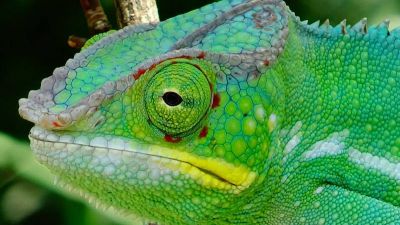
Such is our fascination with the chameleon’s ability to change its colours that the word ‘chameleon’ has entered our lexicon. It now also describes a person with the uncanny ability to alter themselves according to their situation. This week scientists revealed how the chameleon reptile manages this feat. However, they made no comment on the mechanics of chameleon-like behaviour in humans!
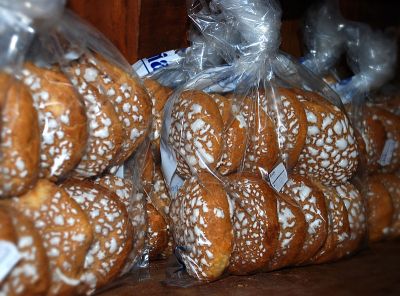
Christophe Cotillon, coordinator of SUCCIPACK, discusses the project’s PBS food packaging technology which may soon be commercialised.

Refrigeration technology stakeholders are working together to research and develop new technologies for more efficient energy usage and food storage.
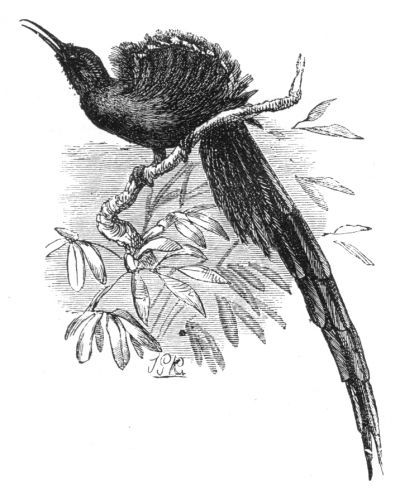
Scientists have revealed how populations of similar African bird species can influence each other's behaviour and appearance.
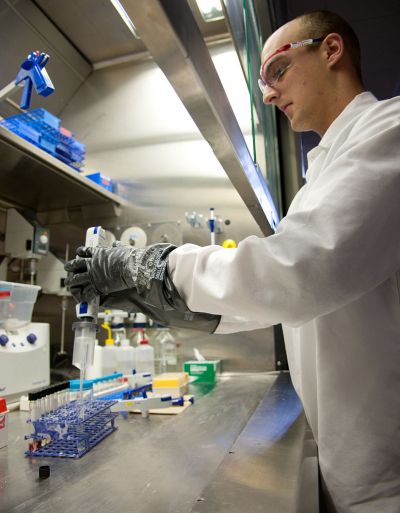
A recently completed research project has developed models to help estimate whether a substance will be toxic to a wide range of animals.
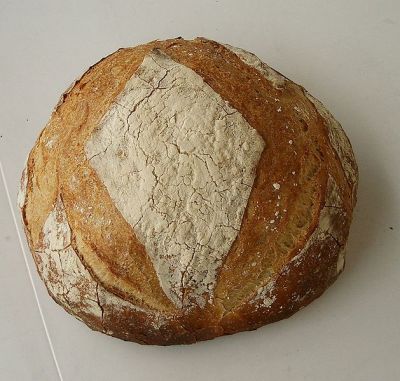
An EU-funded project is supplementing breads, biscuits and juices with nutritional additives from milk and potatoes.
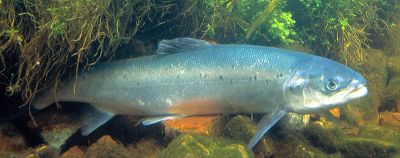
Researchers are looking for ways to improve the omega-3 fatty acid content of farmed fish through feed supplements.
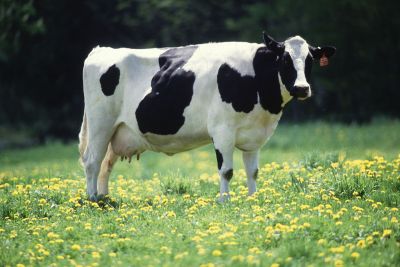
An EU project is devising a way of determining and certifying the species composition of animal feed using genetic methods. The project has prioritised 31 species, and so far two assay procedures consistently identify the target DNA
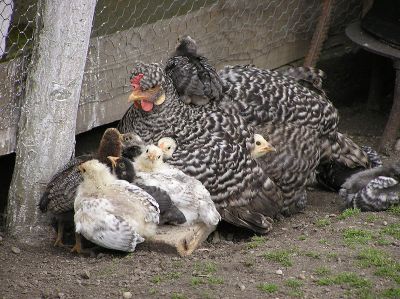
Researchers are developing industry-ready models and tools to aid efficient and ecologically friendly pig and poultry production
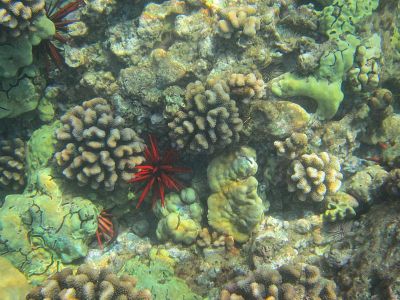
Researchers have established DNA reference libraries for various marine and freshwater organisms in Portugal.

European shellfish producers are now better equipped to diagnose and control disease outbreaks in their farms.
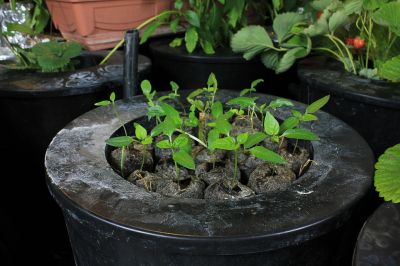
EU funding has placed an Irish research institute at the frontier of agricultural and horticultural research on Earth and beyond.
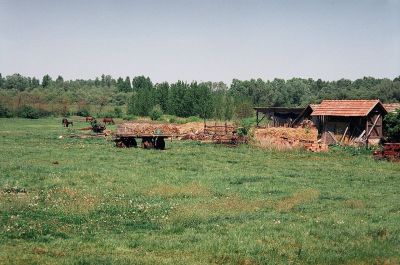
Researchers have advanced a sensor system that will, for the first time, allow farmers to assess the nutrient status of their soils anytime, anywhere.
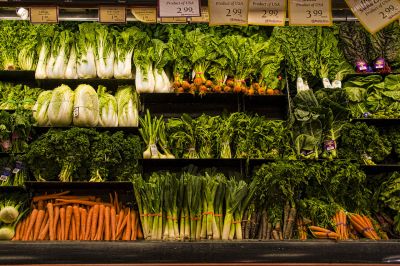
EU funding has ensured that a transnational, collaborative network to promote plant health will endure.
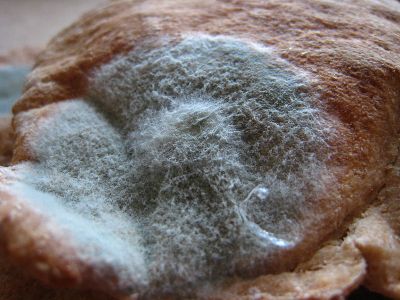
Degradation of food and feed caused by myco-toxins is a fairly widespread world wide-problem. A consortium of companies is advancing prototype mycotoxin testing devices for potential commercial application.
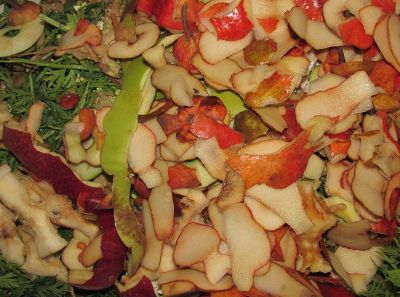
About one third of the food produced for humans globally is lost or wasted, leading to the squandering and depletion of natural and human resources. EU scientists are developing cost-efficient technologies to better manage food waste.
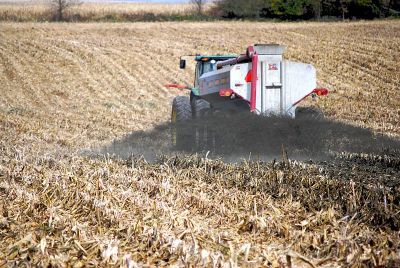
Researchers have investigated phosphate-transporting proteins in both plants and animals. Phosphate metabolism is key to modern agriculture.
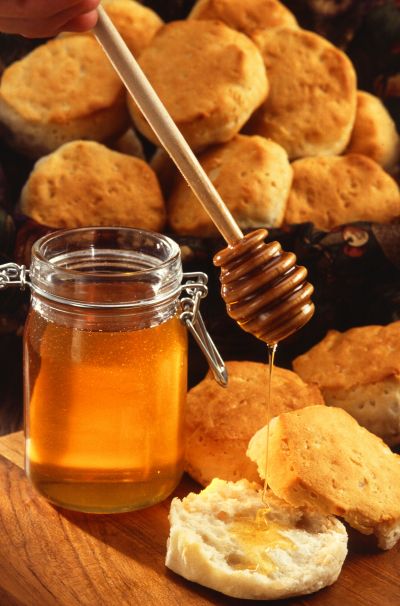
Researchers have designed a new way to pasteurise honey without compromising its nutritional value or quality.
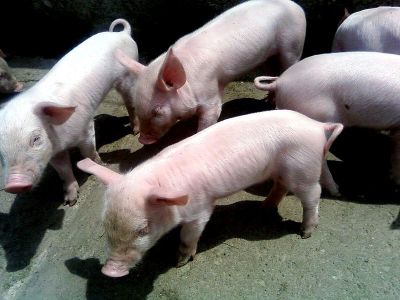
Understanding disease epidemiology is central for taking the appropriate intervention measures. A predictive model could significantly aid this process by evaluating the impact of various strategies of pig welfare.
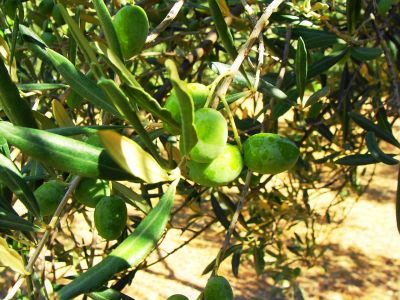
A soil fungus blight threatens the European olive industry. An EU project developed a device for quick assessment of samples, using DNA amplification and electrochemical methods, which helps contain outbreaks.
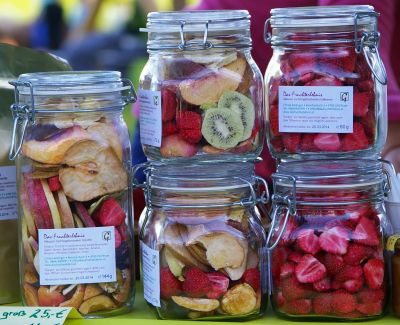
An EU-funded project explored alternative drying techniques for heat-sensitive foods. The new methods achieve faster drying times and reduced energy consumption.
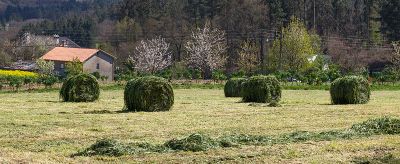
A multidisciplinary research consortium is taking inspiration from nature to convert agricultural waste biomass into useful industrial products using an environmentally friendly process.

Where does our food come from? How it is treated along the journey to our table? How does it affect us once we've eaten it? From the health impacts of obesity to hidden ingredients in our daily meals, questions about food concern us all.
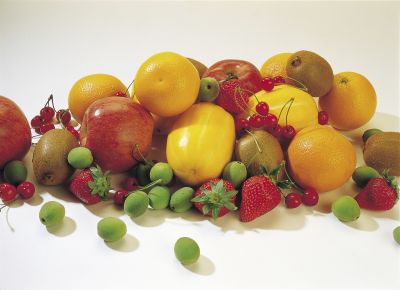
The issue of food safety has rocketed up the political agenda in recent years but despite huge improvements, some concerns and problems still persist. Fears about our food are moving away from issues about ensuring an adequate supply and choice of products towards matters of food safety, animal welfare, plant health and labelling and traceability.
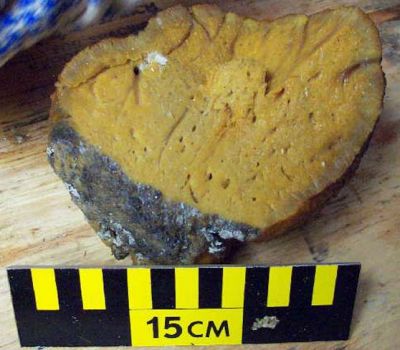
Sponges seem an unlikely source for innovation, yet they may hold the key to new nanotechnologies, innovative optical devices and new ways of regrowing human bone and preventing bone disease. Difficult to believe? Not for Werner E.G. Müller. In the BIOSILICA project, he and his team are developing ways to adapt the complex processes that natural glassy sponges use to build their wondrous biosilica structures for use in biodegradable implants that would facilitate bone healing after surgery or fractures.
























